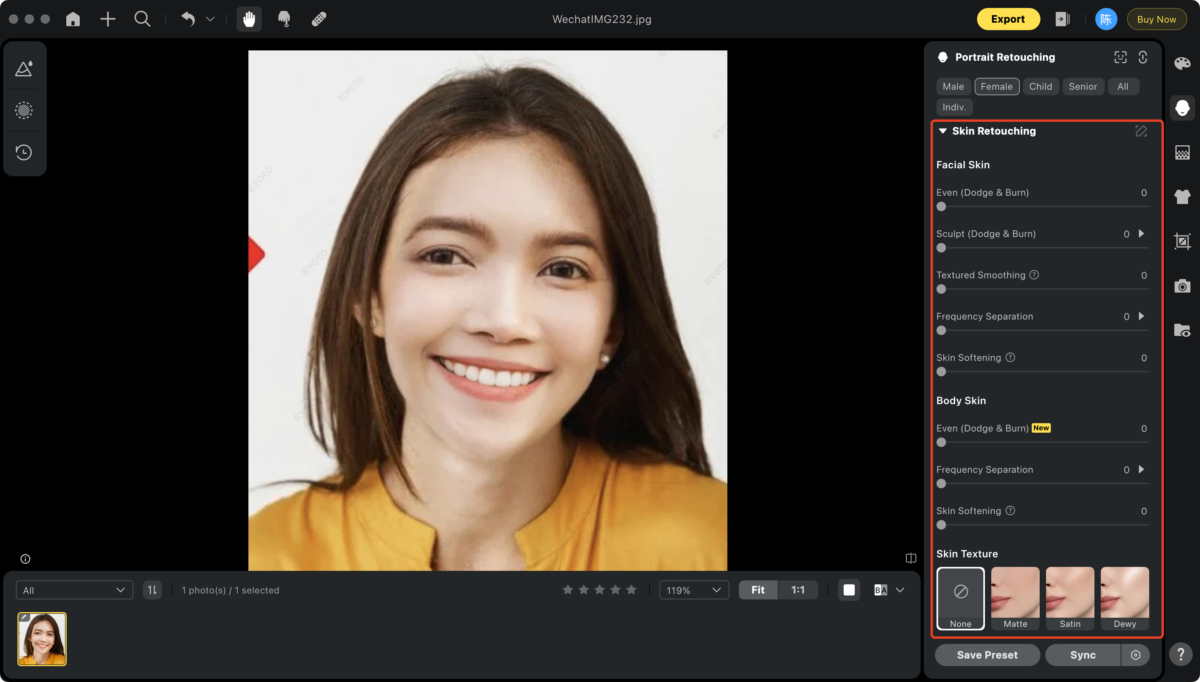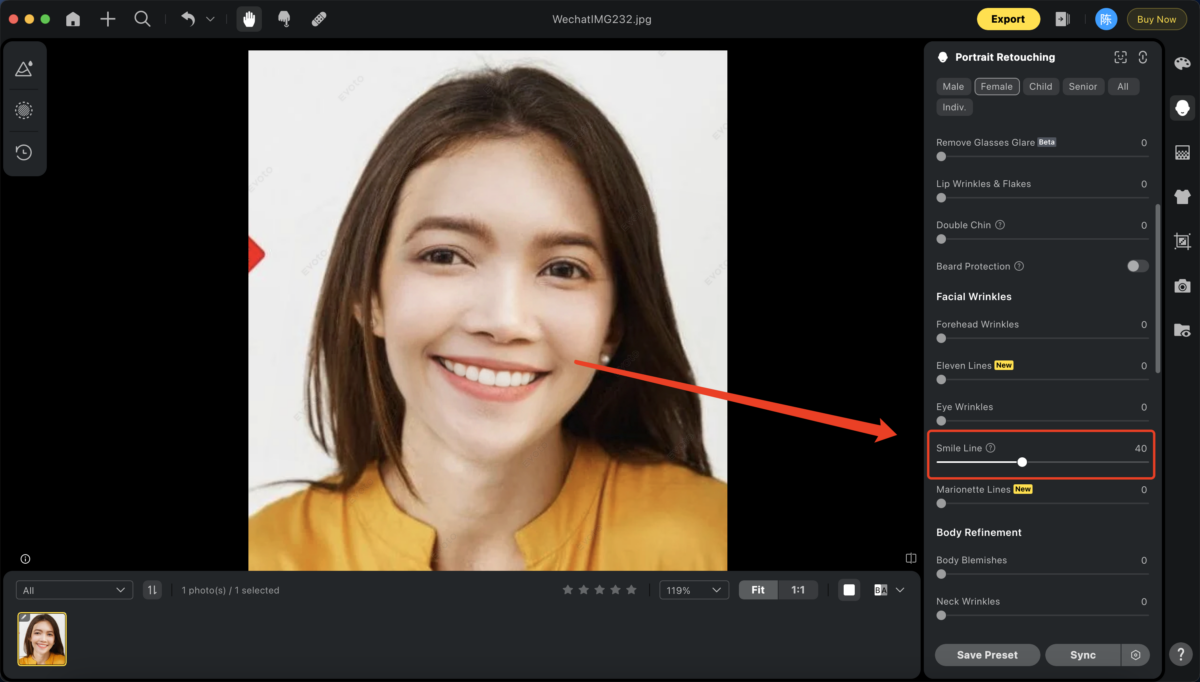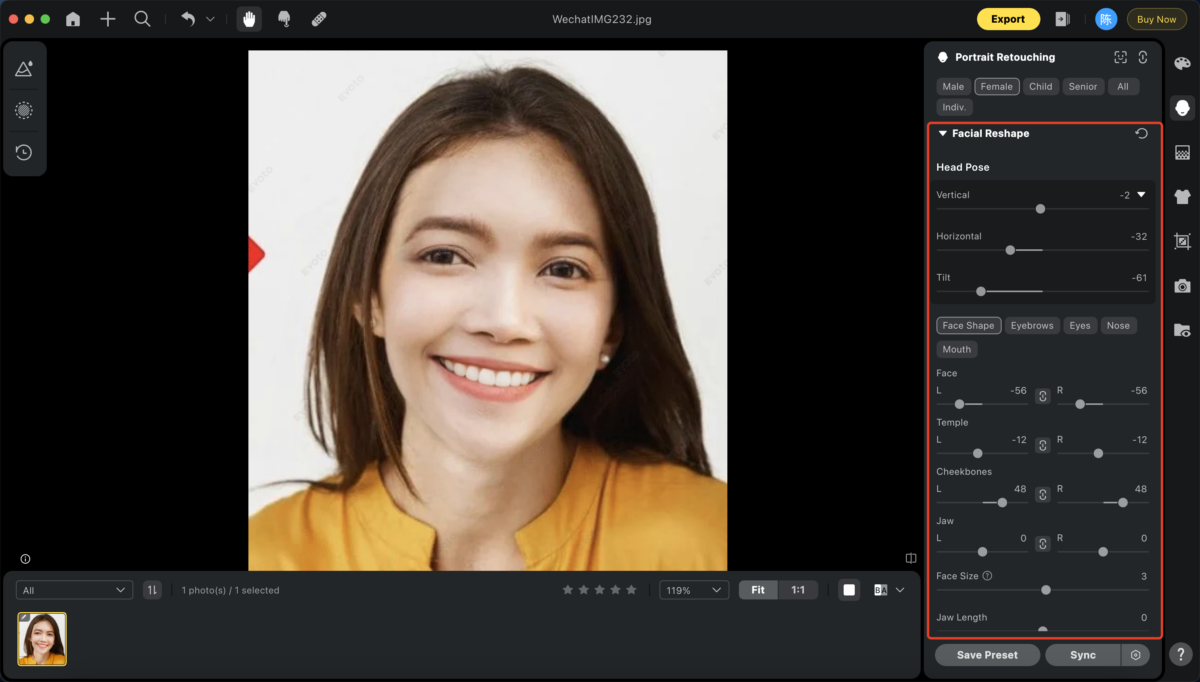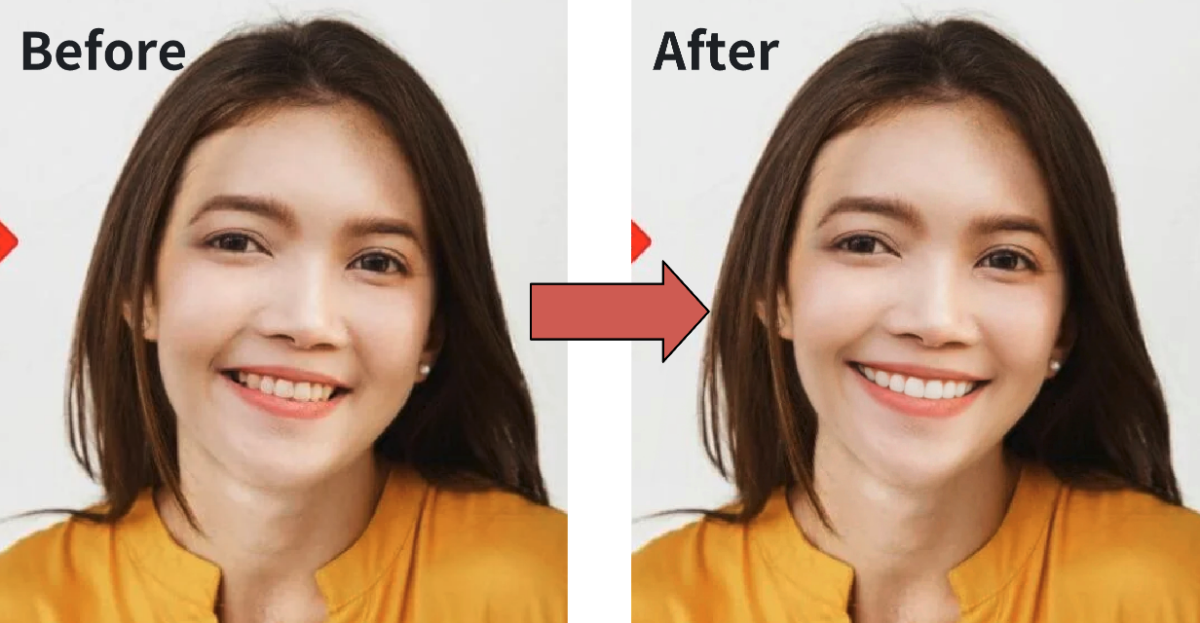Face swapping, a widely used technique in digital editing, merges two different faces or expressions through AI-driven algorithms. Though it holds creative promise, the results often fall short, producing unnatural facial expressions due to mismatched lighting, varying angles, and blending inaccuracies.
The Challenges of Face Swapping and the Role of Correction
The process involves aligning facial landmarks from one image onto another, but when the source materials differ in quality or perspective, imperfections arise. You might notice issues like uneven smiles, oddly placed eyes, or inconsistent skin tones—details that undermine a realistic appearance. These shortcomings reveal a clear limitation: face swapping alone can’t always maintain natural integrity.

Thankfully, AI editing such as Evoto AI, Remake AI or Lumina AI steps in as a solution, offering precise tools to refine swapped faces and restore authenticity. By tackling these flaws, techniques to edit facial expression enhance the outcome, paving the way for a closer look at how advanced editing perfects the final result.
Why Expressions Look Distorted After Face Swap
Despite advancements in AI editing, achieving realistic expressions through face swapping remains a significant challenge. From structural misalignments to lighting inconsistencies, several technical factors contribute to an unnatural look when modifying expressions.
- Face Shape Variations and Misalignment Every person has a unique facial structure, and when swapping faces, mismatches in jawlines, cheekbones, and facial proportions can occur. If the original and swapped face have different face shapes, the result can be a distorted or stretched appearance. This is particularly evident when trying to edit smile lines, as the placement of the mouth and surrounding muscles may not align naturally with the new facial structure.
- Dynamic Expressions vs. Static Swaps Facial expressions are dynamic, with muscles stretching and contracting in coordination to convey emotions. However, face swapping often involves overlaying a static face onto a moving body. Without properly accounting for micro-expressions and subtle muscle shifts, the result can appear lifeless or frozen, lacking the natural flow of a genuine expression.
- Local Deformations in Expression Mapping When an AI attempts to alter or map a facial expression, it struggles with local deformations—small, intricate movements that give expressions their authenticity. Algorithms may inaccurately reshape certain facial features, leading to unnatural distortions when trying to edit smile lines or adjust emotional expressions. These warping issues become more apparent when the AI fails to match the depth and curvature of features like lips, cheeks, or eyebrows.
- Lighting and Shadow Inconsistencies Properly blending a swapped face with the target image requires accurate lighting adjustments. If the original face was captured under different lighting conditions, with distinct shadows and highlights, the swapped face can appear visibly out of place. This is particularly problematic when trying to maintain a seamless blend between the two images, making the face appear pasted on rather than naturally integrated.
- 3D Perspective and Depth Issues Expressions are not just two-dimensional shifts; they involve subtle three-dimensional movements that depend on head orientation and depth perception. If a face swap fails to maintain 3D consistency, expressions can look flattened or stretched, making it evident that the face has been artificially altered.
AI-Based Solutions for Fixing Face Swap Expression Distortions
Fortunately, modern AI tools, such as Evoto AI Photo Editor, provide efficient solutions to refine and restore natural facial expressions after a face swap. Below are key AI-driven techniques that help correct these distortions and ensure more realistic outcomes.
1. Balancing Skin Texture and Tone for Seamless Integration
A critical issue with face swaps is mismatched skin tones and textures. Evoto AI offers:
- Automatic skin tone correction: The AI can detect and unify skin tone, making sure the face matches the body’s natural complexion.
- Texture smoothing: If the swapped face has a different level of sharpness or detail, AI blending techniques adjust the texture seamlessly.
- Shadow and highlight correction: Lighting inconsistencies, such as different shadow placements, can make a face look pasted on. AI tools refine these details for a natural blend.

2. Using AI to Remove Expression Lines and Imperfections
Facial swaps can sometimes exaggerate certain features, such as nasolabial folds or wrinkles, making them more pronounced. AI-powered tools in Evoto AI Photo Editor can:
- Remove nasolabial folds while preserving a natural look, ensuring the face doesn’t appear unnaturally smooth.
- Reduce harsh smile lines without eliminating expression authenticity.
- Refine blemishes and unwanted artifacts introduced during the face swap process.

3. Comprehensive Facial Reshaping for Expression Accuracy
If a swapped face appears slightly off due to mismatched jawlines or cheek structures, AI-driven facial reshape tools in Evoto AI can:
- Modify the jawline to match the natural bone structure of the person’s body.
- Adjust cheek fullness to align with the lighting and depth of the target image.
- Subtly reshape the mouth, eyes, and nose to maintain the integrity of a natural expression.

4. Final Touches for a Natural-Looking Edit
Beyond facial expression corrections, fine-tuning other aspects of the image enhances realism:
- Teeth whitening and correction: AI can fix inconsistencies in tooth brightness or shape to match the face’s expression.
- Skin retouching: Features like dodge & burn and frequency separation help blend the skin tones seamlessly.
- Panorama stitching considerations: If a swapped face is part of a composite image, ensuring smooth blending across the entire panorama is crucial.
Workflow – How to Fix Face Swap Errors Using AI Editors: Editing Smile for a Natural Look
Face swapping often results in unnatural expressions, with smiles appearing stiff or misaligned. AI editing tools like Evoto AI provide a seamless way to refine these issues, ensuring a more natural and expressive result. Below is a step-by-step workflow on how to edit smile lines and enhance facial expressions post-face swap.
Step 1: Initial Face Swap Execution
Before refining facial expressions, perform the face swap using AI-powered tools. Ensure:
- The swapped face is properly aligned with the target image.
- Lighting and skin tones are as close as possible to the original face to reduce blending issues.
- The facial structure remains proportionate to the body to avoid distortions.
Once the swap is complete, export the image and move on to manual refinements in Evoto AI.
Step 2: Remove Smile Line Using Evoto AI
Since face swaps can exaggerate expression lines, we need to refine them to achieve a natural look.
- Import the face-swapped image into Evoto AI.
- On the right-side panel, go to Portrait Retouching.
- Click on Blemish Removal, then scroll down to Smile Line adjustments.
- Adjust the Smile Line slider to soften or reduce the prominence of exaggerated lines.
This step ensures the face swap does not create unnatural creases around the mouth while maintaining a realistic expression.
Step 3: Adjust Facial Expressions for a More Natural Smile
Once the smile lines are adjusted, it’s time to enhance the overall facial expression.
- Stay within the Portrait Retouching menu and scroll down to Facial Expression.
- Click on the toggle to access Gummy Smile and Gentle Smile adjustments.
- Adjust these settings to control how wide or subtle the smile appears.
- For a more controlled modification, use Smile Generation to create a balanced, naturally expressive smile.
AI tools ensure the smile complements the facial structure rather than appearing too artificial or forced.

Step 4: Export and Save the Final Image
Once satisfied with the expression refinements:
- Review the overall image to ensure facial features are cohesive.
- Make final adjustments to skin texture, tone, or lighting if needed.
- Click Export to save the enhanced image.
This workflow allows photographers to correct face swapping issues efficiently, using AI editing to edit smile lines, refine expressions, and ensure a seamless, natural look.




